Embracing the Circular Business Model
A beacon of innovation and collaboration
In the realm of sustainable business practices, the circular business model stands as a beacon of innovation and collaboration. At T.Loop, this model is not just a concept; it's central to our operations. We pride ourselves on being sector integrators, fostering a clear win-win-win scenario for property owners, colocation clients, energy companies, and ourselves. The beauty of the circular business model lies in its ability to optimize resource utilization through collaboration, thereby reducing costs and CO2 emissions.
Recently, professors Johan Frishammar and Vinit Parida from Luleå University of Technology shed light on the challenges and opportunities surrounding the scaling of circular business models. Their insights, featured in a thought-provoking article in Aktuell Hållbarhet, coincide with the release of their research report on the subject.
Frishammar and Parida highlight several factors contributing to the struggle of major companies in fully transitioning to and scaling up circular business models. Among these challenges are the failure to leverage emerging digital technologies, insufficient customer engagement, and a lack of collaboration with ecosystem partners. Indeed, many businesses approach circularity as an individual endeavor rather than a collective effort, hindering the potential for value creation across the board.
Transitioning from linear to circular thinking requires a fundamental shift in mindset and approach. It's about designing and implementing business models that not only drive competitive advantage but also enhance sustainability performance. In theory, everyone wins – businesses and society alike. However, the key lies in effective implementation.
How to implement a circular business model
So, how does one successfully implement a circular business model? Frishammar and Parida offer valuable insights:
Integrate Better: Embed resource efficiency and circularity into strategic and business model development.
Experiment More: Explore new types of circular value propositions, learning from mistakes, scaling what works, and abandoning what doesn't.
Build New Capabilities: Develop the necessary capabilities, especially in data analytics and digitalization, which are crucial for achieving increased circularity and resource efficiency.
Collaborate: Break free from the notion that industrial companies can achieve circularity alone. Systematically collaborate with customers, suppliers, and other partners.
Research and Learn Across Companies: Leverage existing policy frameworks to stimulate circularity through applied research programs and cross-company learning.
In summary, transitioning to a circular business model requires a holistic approach, embracing innovation, collaboration, and continuous learning. At T.Loop, we echo the sentiment that success lies in integrating, experimenting, building capabilities, collaborating, and learning across industries.
It's not just about reimagining business – it's about reshaping the future of sustainability.
Read the full article at Aktuell Hållbarhet (in Swedish)
Report: Circular Business Models, Where does Swedish industry stand? (in English)

